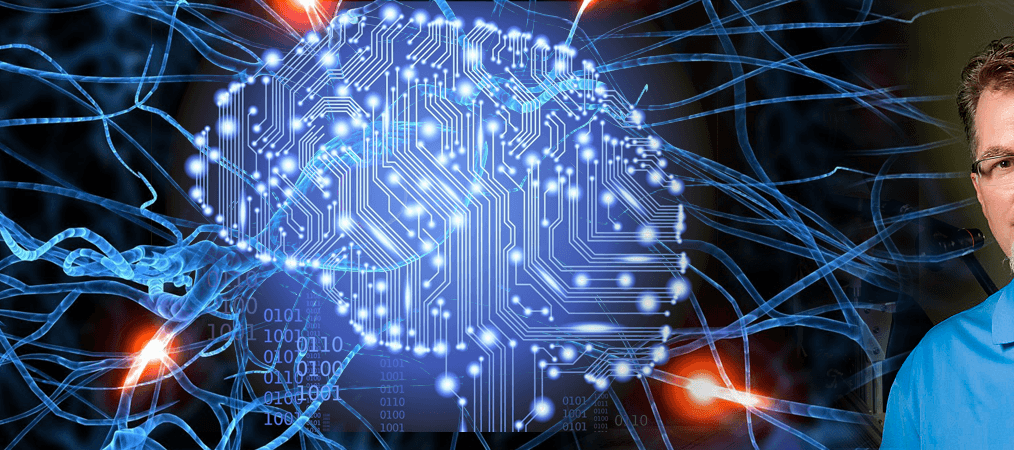Electricity was harnessed for healing as early as 1747. A professor of experimental philosophy and mathematics in Geneva restored life to the paralyzed arm of a blacksmith using an electric current. Electricity was soon recognized as being a natural part of the life force. It was used extensively for healing until the early part of the 20th Century and the advent of the pharmaceutical industry.
In the Bakken Museum in Minneapolis, there are several models of early devices used to bring about healing by applying electrical stimulation to the brain. In modern times, research started as early as 1903 to help with insomnia. This research was known first as “Electro-sleep” and later as more applications were discovered the term “Cranial Electrical Stimulation” or CES was used.
Bob Beck won the John Fetzer Foundation pioneering award for scientific achievement in 1990 for his brain research. Bob Beck’s first Brain Tuner was called the BT5. A later model was called the BT6.

